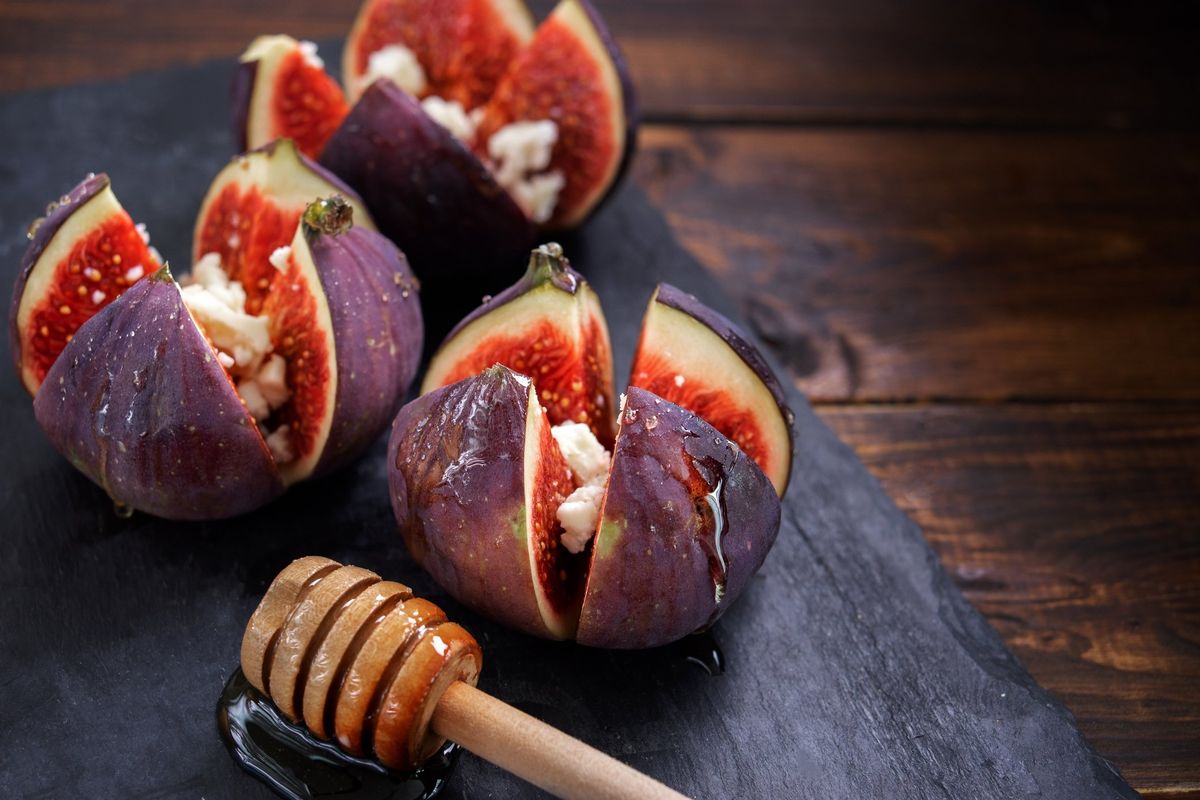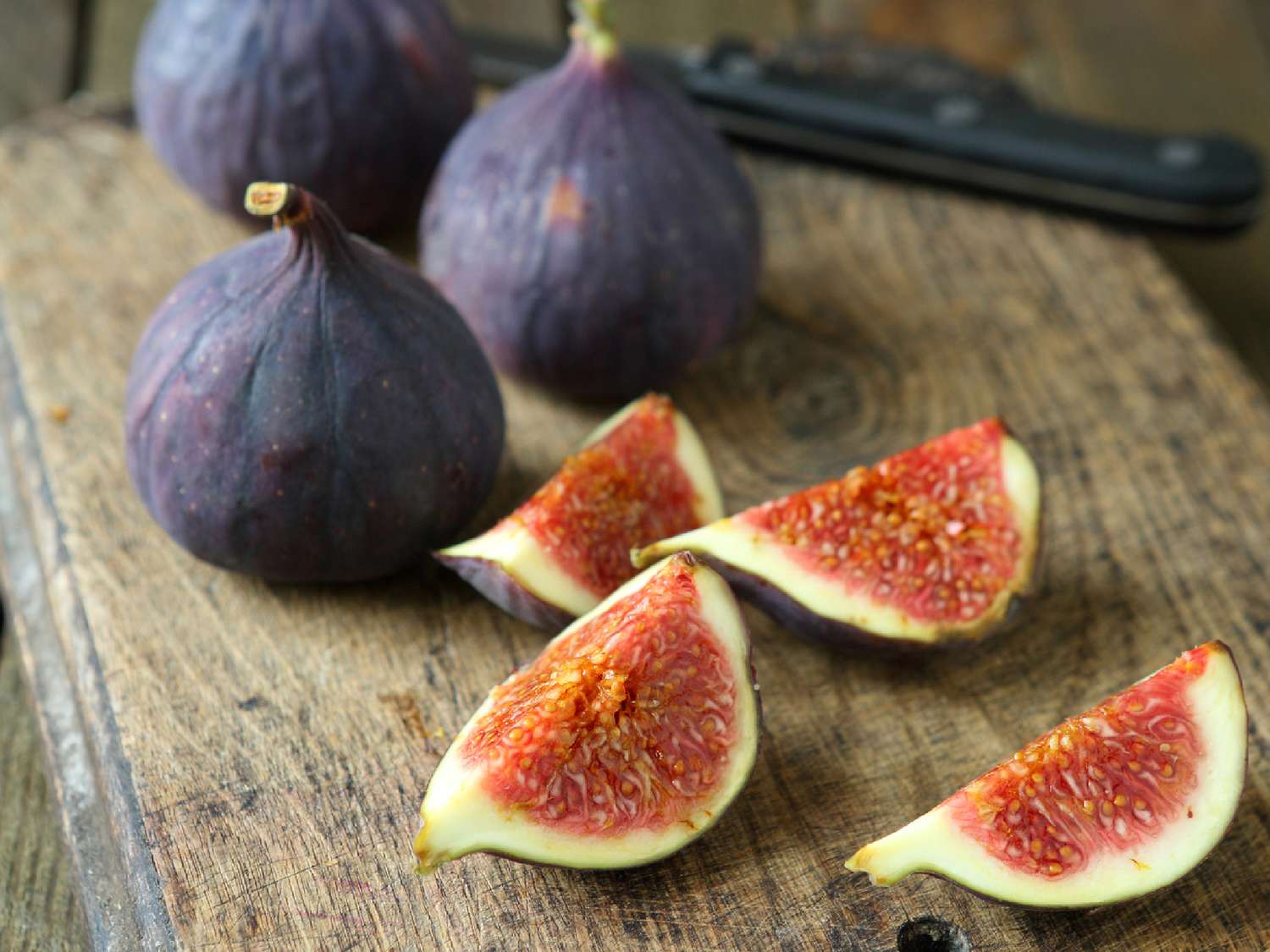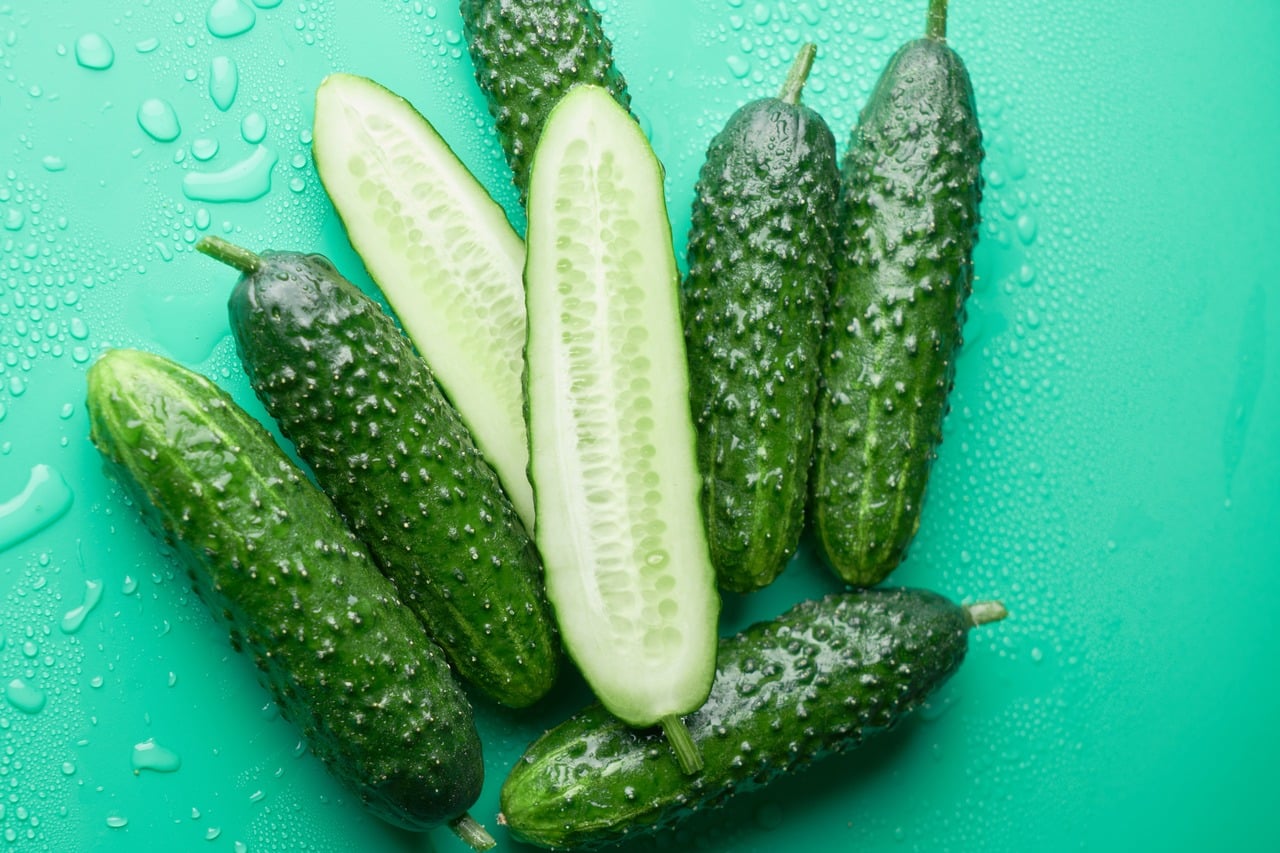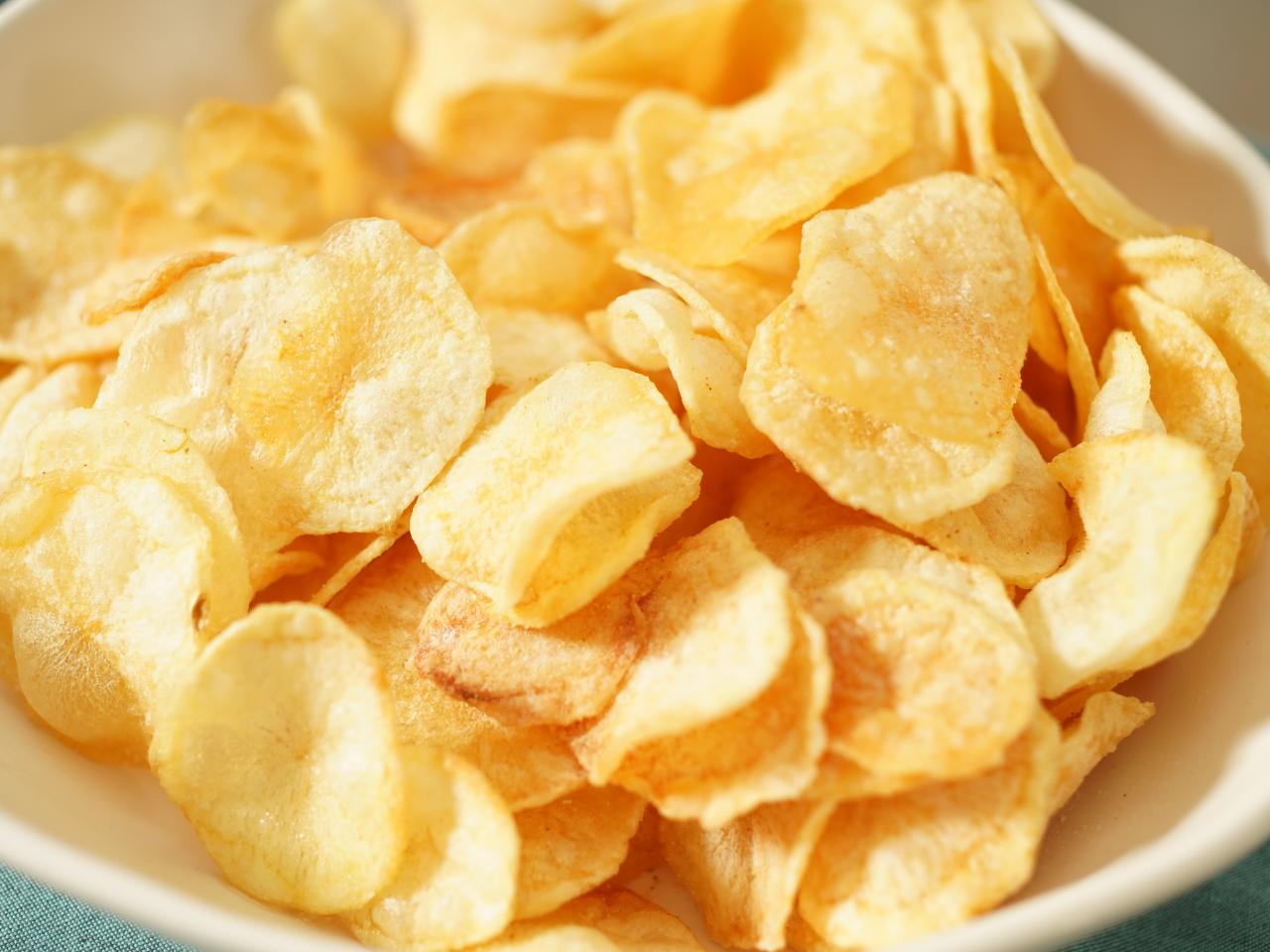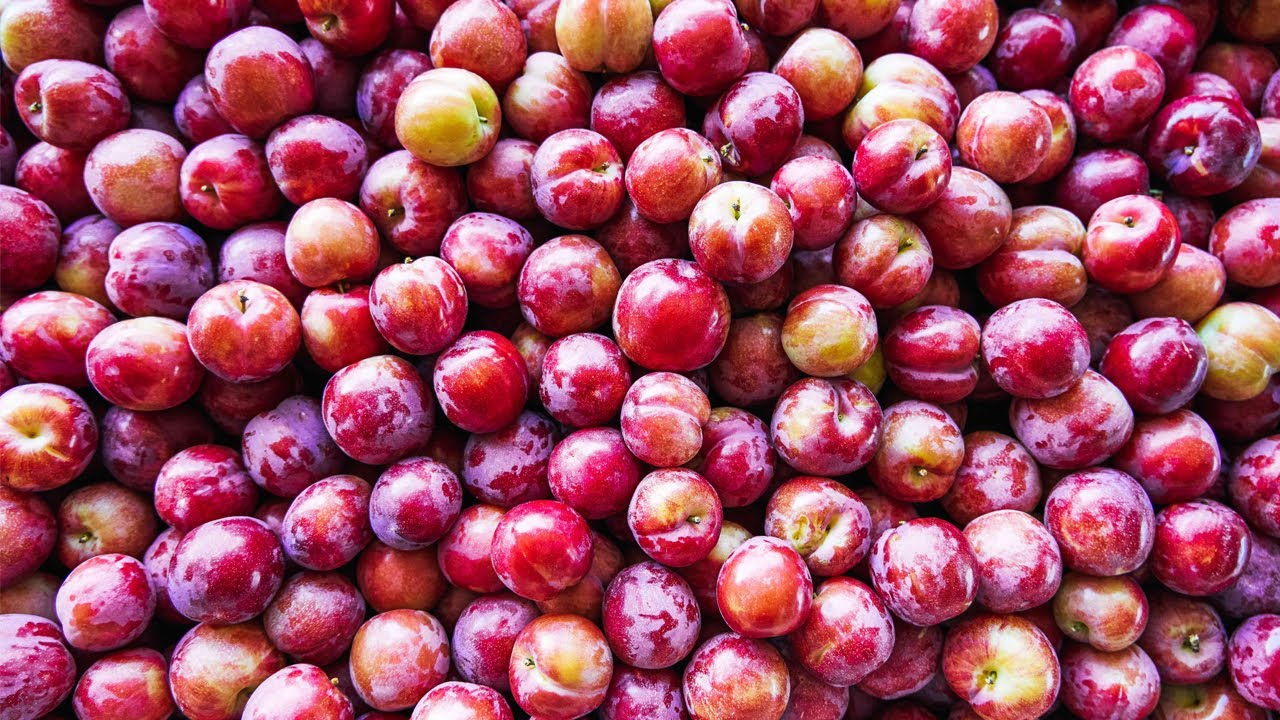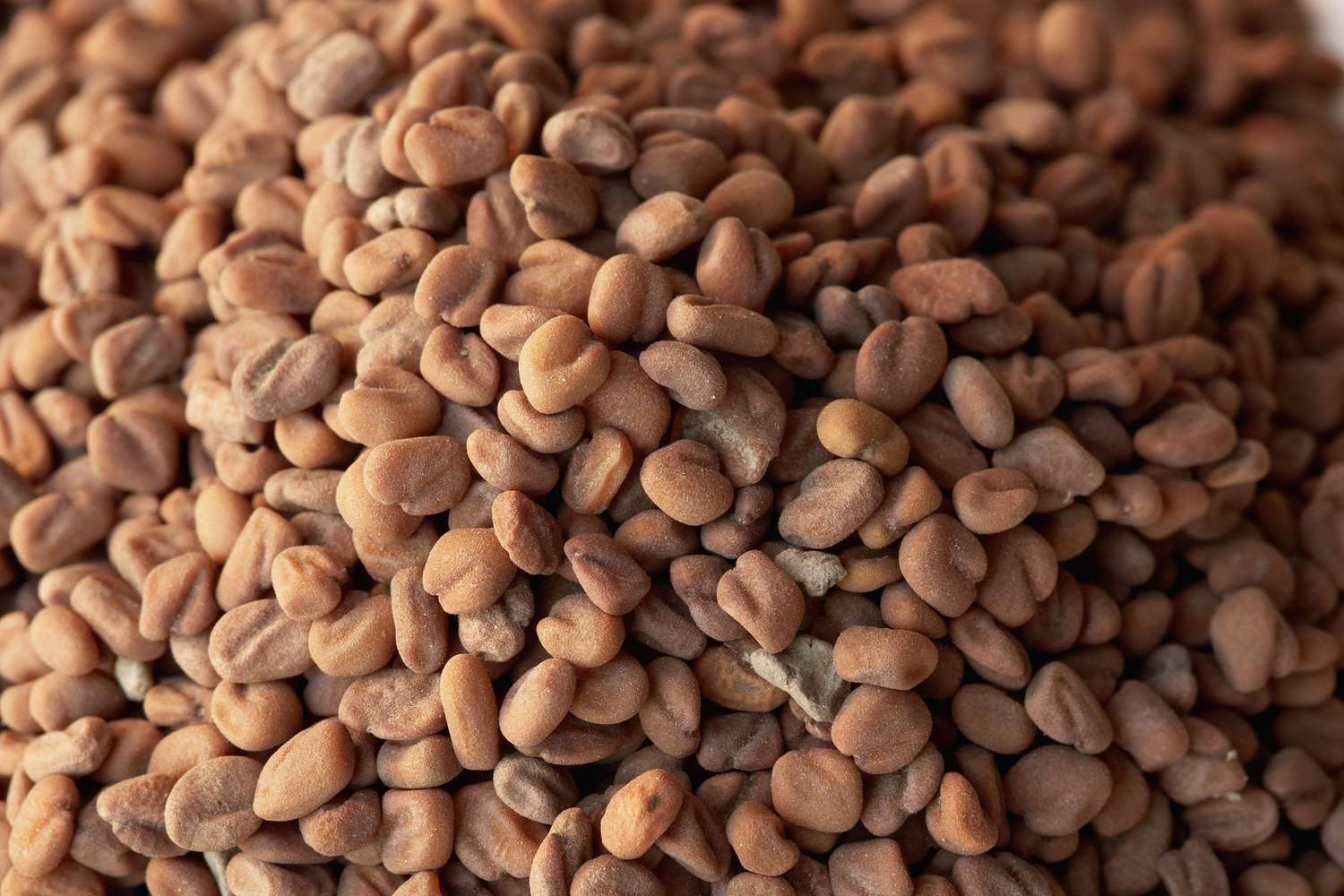Boost Your Hemoglobin Levels with Figs
Are you looking for a natural way to increase your hemoglobin levels? Figs could be the answer! These delicious fruits are not only tasty but also packed with nutrients that can help boost your hemoglobin. In this article, we’ll explore the benefits of figs and how you can incorporate them into your diet to improve your hemoglobin levels.
Why Hemoglobin is Important
Hemoglobin is a protein found in red blood cells that is responsible for carrying oxygen throughout the body. Low hemoglobin levels can lead to anemia, which can cause fatigue, weakness, and other health issues. It’s essential to maintain healthy hemoglobin levels to ensure that your body is getting enough oxygen.
The Nutritional Benefits of Figs
Figs are a great source of iron, which is a key component of hemoglobin. In fact, just one cup of figs contains about 10% of the recommended daily intake of iron. Additionally, figs are rich in other nutrients such as vitamin B6, copper, and folate, all of which play a role in maintaining healthy hemoglobin levels.
Ways to Eat Figs to Increase Hemoglobin
There are several delicious ways to incorporate figs into your diet to help increase your hemoglobin levels:
- Fresh Figs: Enjoy fresh figs as a snack on their own or add them to salads for a sweet and nutritious boost.
- Fig Smoothies: Blend fresh or dried figs into a smoothie for a refreshing and hemoglobin-boosting drink.
- Fig Jam: Spread fig jam on whole grain toast for a tasty and iron-rich breakfast option.
- Fig and Nut Butter: Pair fresh figs with your favorite nut butter for a satisfying and nutritious snack.
- Fig Salad Dressing: Make a homemade salad dressing using pureed figs for a sweet and tangy flavor that also helps increase your hemoglobin levels.
Other Tips for Increasing Hemoglobin
In addition to incorporating figs into your diet, there are other steps you can take to increase your hemoglobin levels:
- Eat Iron-Rich Foods: Include other iron-rich foods such as spinach, lentils, and lean meats in your diet.
- Vitamin C: Pair iron-rich foods with sources of vitamin C, such as citrus fruits or bell peppers, to enhance iron absorption.
- Avoid Iron Blockers: Limit the consumption of coffee, tea, and calcium-rich foods when consuming iron-rich foods, as these can inhibit iron absorption.
- Stay Hydrated: Drink plenty of water to support healthy blood flow and overall well-being.
- Consult a Doctor: If you have concerns about your hemoglobin levels, consult a healthcare professional for personalized advice and guidance.
Conclusion
Figs are a delicious and nutritious way to increase your hemoglobin levels naturally. By incorporating figs into your diet and making other healthy lifestyle choices, you can support healthy hemoglobin levels and overall well-being. Try out the various ways to enjoy figs and take proactive steps to boost your hemoglobin for a healthier, more energetic you!
Remember, it’s always important to consult with a healthcare professional before making significant changes to your diet or if you have any concerns about your hemoglobin levels.

